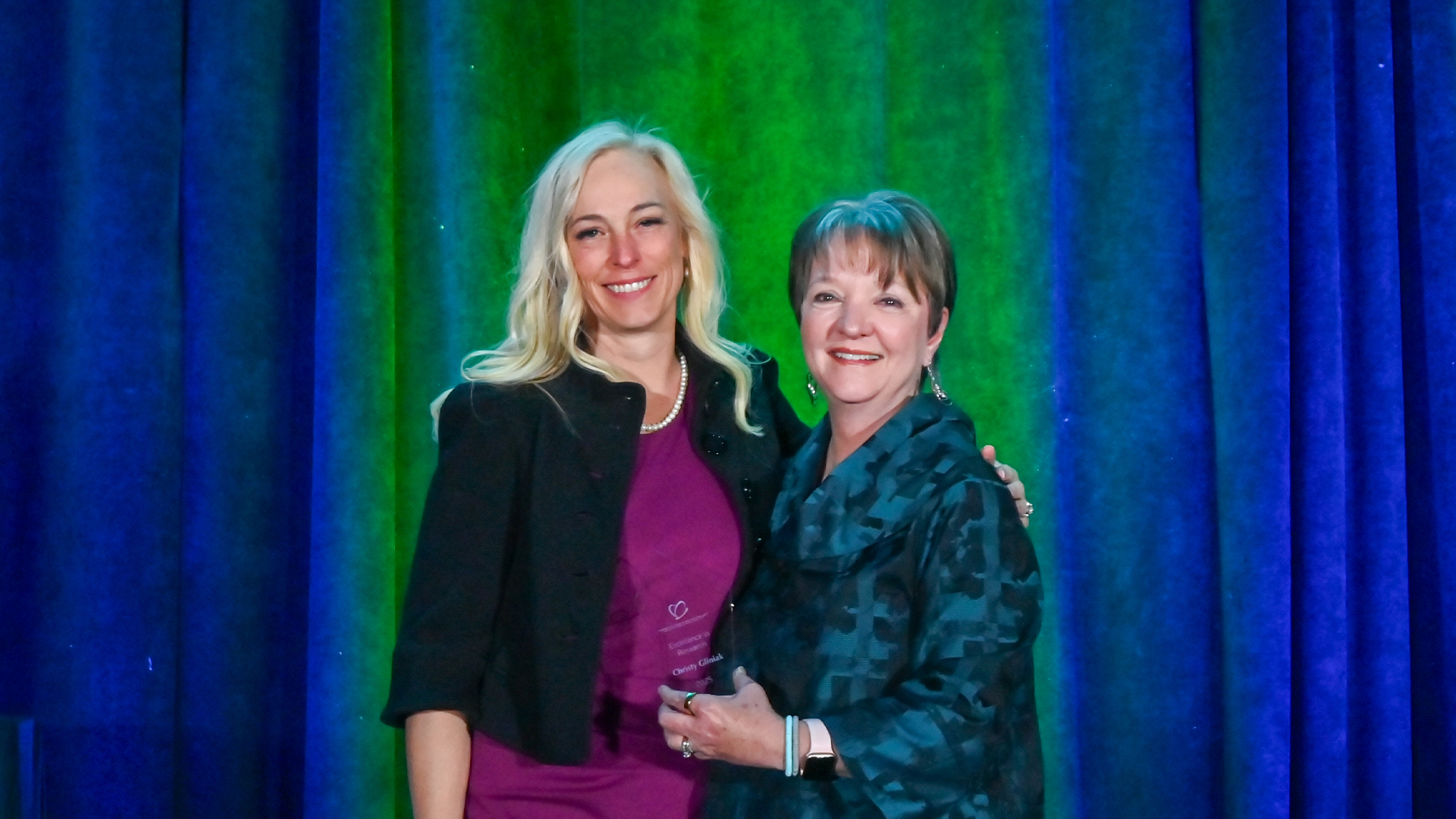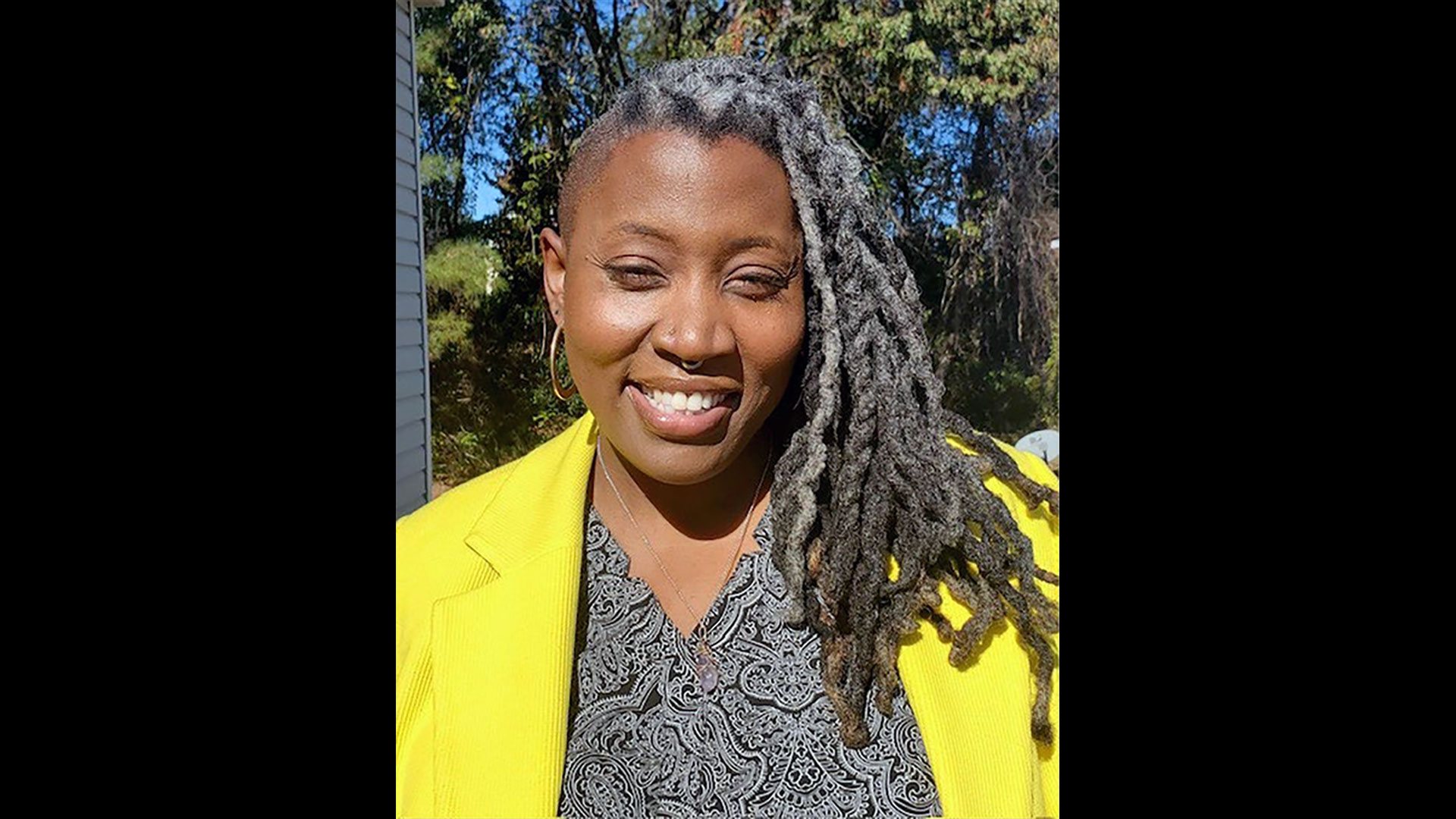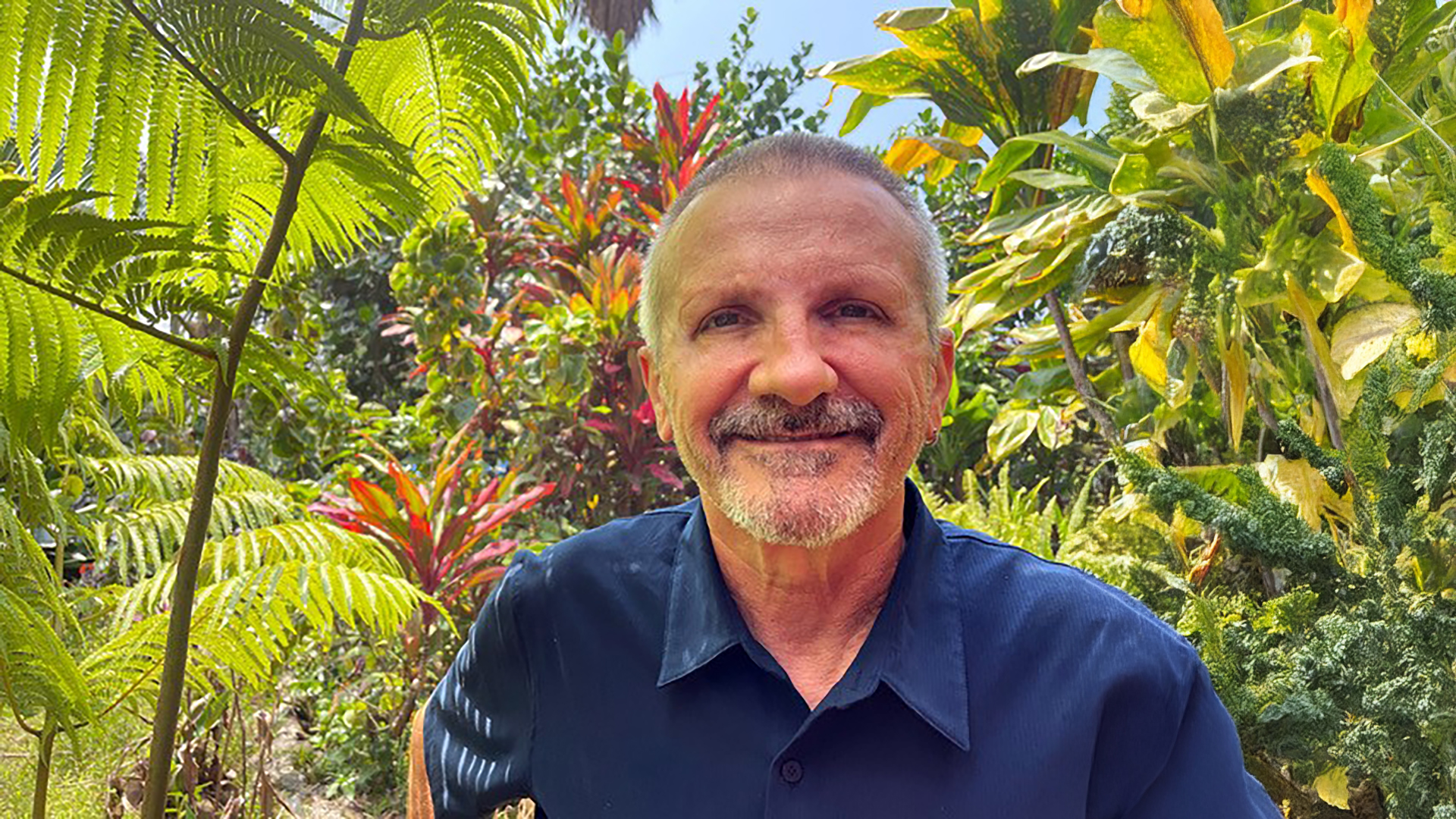Digital literacy, not fear-based restrictions, is needed to help kids build safe and healthy relationships with technology.
KEY POINTS
- Social media is here to stay; let’s prepare kids to handle the digital world, not shield them from it.
- Kids need guidance, skills, and a chance to practice so they can develop healthy relationships with technology.
- Hyperfocusing on social media diverts resources needed to address the scarcity of mental health professionals needed to help teens struggling now.
Surgeon General Murthy’s call for warning labels on social media has ignited heated discussions all over the Internet. In the face of all this emotion and personal stories of parental pain, I was hesitant to point out that lumping all social media use together and declaring it as “dangerous” is an oversimplification of the issue. Making such a blanket proposal is itself dangerous because it perpetuates the reliance on opinion over empirical evidence, conflates social media use with mobile phone access, and, most importantly, is part of a fear-driven trend promoting restriction over preparation and education. Digital literacy does not mean turning kids loose with their devices. Far from it. However, making rules without teaching kids the necessary skills to build healthy relationships with technology will not help the myriad of problems currently blamed on social media. Skill building, not fear, is key to helping our kids develop the self-awareness, self-regulation, coping strategies, and critical thinking they need to navigate the digital world safely.
The current mental health crisis among young people is real. Few would dispute that kids are suffering now. In a recent New York Times editorial, Surgeon General Vivek H. Murthy called for warning labels on social media platforms, just like on cigarette packaging. As a concerned parent, I get it. As a solution, I don’t. I am disappointed that Murthy links the challenges of social media to the health hazards of cigarettes by calling for warning labels. A better analogy would be swimming pools, which can be fatal to children who can’t swim but can have many benefits when kids have the skills to swim safely.
The proposed warning label emphasizes public anxiety over empirical evidence and encourages the troubling trend of ignoring research findings in favor of emotion. Most importantly, it all but overlooks the preventative power of digital literacy.
There is no such thing as the “healthy use of cigarettes.” Claiming that social media, which includes hundreds of platforms with numerous features and widely varying uses (passive, like scrolling and researching; active, like commenting, creating, and sharing content), are universally dangerous to kids’ mental health grossly oversimplifies the issues and misstates the research. Social media poses many risks when kids don’t know how to use technology safely. Unlike cigarettes, kids can learn to use both technology and social media in healthy ways.
Fear Gets Attention
Scaring people fuels fear and triggers action. The proposal has achieved massive media traction and ignited a lot of emotion. Warning labels on social media are unlikely to change teen behavior and may do more harm than good if they result in restrictive regulations that ignore the need to teach kids the skills they need. These are tweens and teens we’re talking about. Their primary developmental tasks are identity formation and learning how they fit in a social world. Their brains are not fully mature, making them less able to anticipate potential outcomes. Given these age-related factors, it’s not surprising that kids care more about being social than assessing future risks. Social media is a big part of connecting with others and actively participating in popular culture, and both are essential to their self-concept and social capital. They will find a way to go online. Our goal should be to provide kids with clear guidance and the necessary skills and understanding to use technology well, including social media, rather than “protect them” by keeping them from using it at all.
It’s easy to forget in all the emotional uproar that not all social media use is bad or a problem. Kids use various platforms, games, and apps to communicate, do schoolwork, conduct research, be entertained, get news, and stay connected to friends (Chassiakos & Stager, 2020). Labeling all digital tech use as ‘dangerous’ destroys credibility with teens because most report their social media experience as positive, even as they recognize the problems (O’Reilly et al., 2022).
Do kids worry about using it too much? Yes. Do they need tools and guidance? Absolutely. Do they benefit from learning how and why to manage their relationships with technology? Unquestionably. However, the emerging legislation proposes restrictions more likely to drive teen behavior underground than help. We’re already seeing signs that the negative messages from parents and media about social media decrease kids’ agency, increase shame, and undermine parent-child trust rather than encourage healthy technology behaviors (Lee & Hancock, 2023).
‘Warning Labels’ Aren’t the Issue
Calling for warning labels may be brilliant framing from a marketing perspective, but they are not what’s at stake here. Social media platforms already have disclosure documents that no one reads. The proposed addition of warning labels to all social media platforms implies a simple solution to a complex situation. If the goal is to rally support for protecting kids’ mental health, then I’m all for that, provided we take realistic, evidence-backed steps that will help. Let’s start by being more specific about what we’re trying to fix. Mobile device use or social media access? People lump these together as if they were interchangeable. They may both cause problems, but the how and why aren’t the same. You don’t need to vilify social media to make a strong argument that mobile devices are distracting during class.
We can’t afford to ignore research and build interventions or propose regulations around causal conclusions from correlations and associations where our kids’ well-being is at stake. Yes, these kids have grown up with social media. But social media is not the only challenge they’ve faced. They’re also managing the tumultuous hormonal transition from childhood to adulthood with school shooter drills, social isolation from the pandemic, global warfare, unprecedented partisan meanness, and, when not stressing about schoolwork or who likes whom, they worry about climate change. Social media plays a role, of course, but it is an amplifier. Social media didn’t invent bullying, negative social comparison, FOMO, misinformation, or the desire to belong. And let’s not forget that kids also have widely different vulnerabilities, skills, social environments, biological predispositions, family structures, economic resources, and emotional support. The negative impact of stressors, including those in social media, is related to many documented sources. We want interventions that can take these things into account so they will do kids some good, not just make us feel better for having done something.
Social Media Is Here to Stay
Warning labels won’t make social media (or using mobile devices) safer. People are afraid and angry, making them vulnerable to promises of easy fixes. Solutions that restrict access and enable lawsuits won’t help.
Social media and mobile technologies are here to stay. Expecting social media companies to screen users without violating privacy and remove all inappropriate content and misinformation from billions of posts daily is unrealistic. And even if that were possible, there are risks of being online outside social media. All web activity can be subject to personal information collection, and kids can be targets of cyberbullying or hurtful video circulation.
We Need to Prepare Kids
We need to help kids who suffer from mental health issues by providing mental health treatment. It may surprise you to know that right now, social media is the only source of mental health information for some kids. More importantly, if we want to protect kids from the negative impact of digital devices without depriving them of benefits, we must teach them essential skills. There will be a time when restrictions are off, and parents aren’t around. What then?
I have seen the changes in kids’ attitudes and behavior from classroom digital literacy training. Don’t underestimate their competence and resolve when kids have been taught digital literacy skills, including:
- The self-awareness to build self-control and accountability and to make healthy choices.
- The ability to identify their personal values, like honesty, empathy, kindness, and respect for others, and apply them to their on and offline actions.
- Conflict resolution and coping skills.
- The ability to think critically about information and evaluate source and content quality.
- An understanding of how persuasive technology can hijack their attention.
- The skills to recognize how content styles, messaging, algorithms, and notifications manipulate their emotions and behavior.
- The confidence and courage to set personal boundaries and protect their privacy.
Kids Need Guidance and Practice
Instead of contributing to the current panic, we should emphasize the importance of media literacy as “preventative medicine,” as Murthy did in his 2023 Social Media and Youth Mental Health, or as highlighted in the APA Health Advisory on Social Media Use in Adolescence. Warning labels and shutting down access are make-shift solutions that will not prepare kids to build a healthy and safe relationship with technology.
Kids do need guidance and structure for healthy technology use. You wouldn’t give your kids the keys to the car without driver’s training nor throw them in the deep end of a pool without teaching them to swim. The goal of parenting should be to prepare kids for the world they will live in. Campaigns like phone-free zones at school are great ideas to limit distractions in the classroom but they do not give kids the skills to manage the surge of digital drama and misinformation they face as soon as the bell rings. Encouraging kids to spend more time outside and in offline activities is a wonderful idea, but safe outdoor environments and enrichment activities are not available to everyone. Household technology rules are essential, but healthy technology behaviors must be adopted by parents, not just kids.
Murthy’s remarks are seen as a call to action for parents and policymakers. The link to cigarettes got attention and reinforced the belief that social media is uniformly bad no matter what the circumstance, despite the lack of empirical support (Appel et al., 2020; Ferguson et al., 2022). His impassioned plea is understandable as the father of two young children. But I am troubled by the fear-driven trend that has lumped all social media use and mobile phones into one bucket and labeled them as “the problem” of young people today, without regard for use, platform, context, or individual differences, much less other socio-environmental factors. Not only does this rising panic over social media overlook the need for kids to have protective skills before problems arise, but it also risks diverting critical resources needed to address the massive shortage of mental health professionals and support to help teens who are struggling now.
Want to keep up with Dr. Pam Rutledge? Sign up for her newsletter: https://drpam.substack.com.
This article also appeared on PsychologyToday.com.
References
Appel, M., Marker, C., & Gnambs, T. (2020). Are social media ruining our lives? A review of meta-analytic evidence. Review of General Psychology, 24(1), 60-74. https://doi.org/10.1177/1089268019880891
Chassiakos, Y. R., & Stager, M. (2020). Current trends in digital media: How and why teens use technology. In M. A. Moreno & A. J. Hoopes (Eds.), Technology and adolescent health (pp. 25-56). Academic Press. https://doi.org/https://doi.org/10.1016/B978-0-12-817319-0.00002-5
Ferguson, C. J., Kaye, L. K., Branley-Bell, D., Markey, P., Ivory, J. D., Klisanin, D., Elson, M., Smyth, M., Hogg, J. L., McDonnell, D., Nichols, D., Siddiqui, S., Gregerson, M., & Wilson, J. (2022). Like this meta-analysis: Screen media and mental health. Professional Psychology: Research and Practice, 53(2), 205-214. https://doi.org/10.1037/pro0000426
Lee, A. Y., & Hancock, J. (2023). Social media mindsets: A new approach to understanding social media use & psychological well-being. Journal of Computer-Mediated Communication, 29(1).
O’Reilly, M., Levine, D., Donoso, V., Voice, L., Hughes, J., & Dogra, N. (2022). Exploring the potentially positive interaction between social media and mental health; the perspectives of adolescents. Clinical Child Psychology and Psychiatry, 28(2), 668-682. https://doi.org/10.1177/13591045221106573
Join Over 7,500 Fielding Alumni Located Around The World!
Change the world. Start with yours.™






Get Social